
Your shopping cart is currently empty.
Please contact us for more info on this item
Strait Music
South Austin:
(512) 476-6927
Strait Music
North Austin:
(512) 918-3743
Specifications:
Cabinet Finishes:
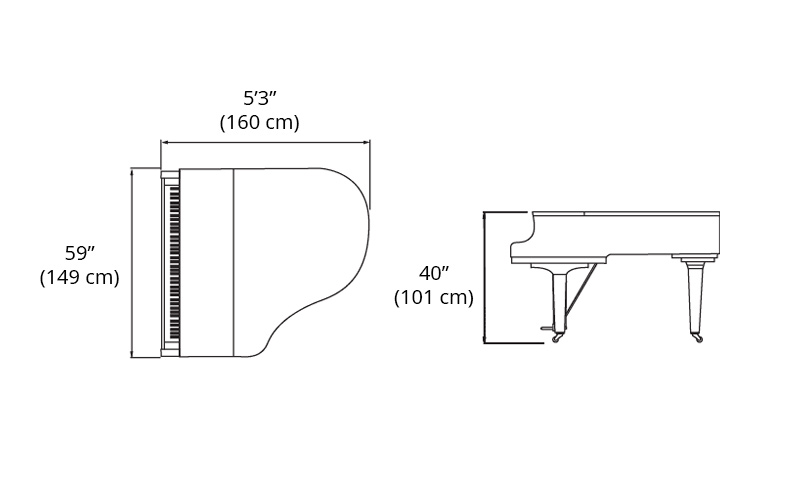
Dimensions:
The legacy of the CFX continues
Preserving tradition is not the same thing as refusing to change;rather, it is from the ongoing search for perfection that traditions emerge. And when it comes to the tradition of crafting a grand piano, there is a sound, a tone to which only those who strive constantly to outdo themselves can aspire. For almost half a century, Yamaha's world-renowned C Series grand pianos have continued through a gradual process of refinement The CFX full concert grand piano built on the knowledge, techniques, and experience gained during this long period, with craftsmen pouring everything they knew into the creation of an instrument that took bold new steps in piano design, seeking to attain sonic perfection. The CX Series extends this work further, providing a clear sound with a clean attack, sparkling tone, and transparent harmonies, all encased in an elegant, flowing form.
The end result is a series of instruments that is refined in tone, yet bold in design, the product of a dedication to innovation that allows Yamaha to remain true to its musical heritage. CX Series pianos represent progress that is commensurate with Yamaha's 125th anniversary year - progress that will transform any room in which you play into a concert hall.
FEATURES
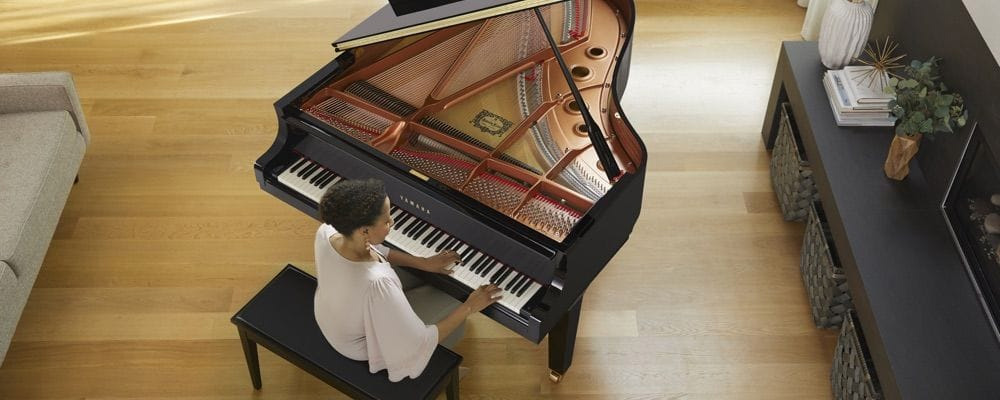
The player's piano
CX pianos have been redesigned with many of the innovations of the flagship CFX to give artists a more versatile tonal palette while still maintaining the bright, percussive sound that has helped make C series pianos the most recorded in history.
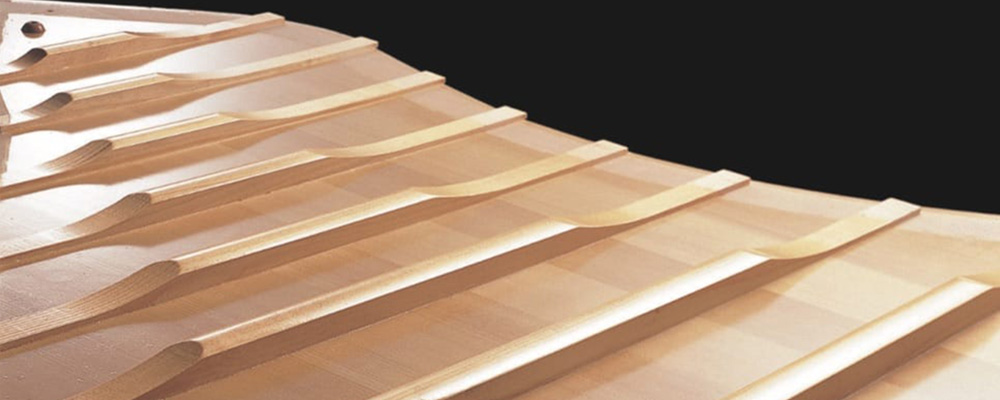
A soundboard above
The soundboard of the CX takes its cues from the flagship CFX. The finest spruce from the Kitami Mill in Hokkaido, Japan is delicately shaped by Yamaha craftsmen to create the iconic CX series sound.
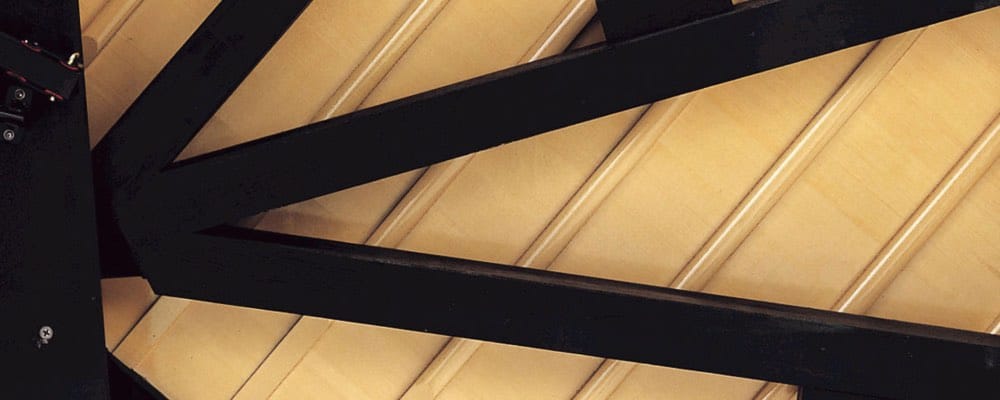
A powerful foundation
Like the flagship CFX, the back posts of the CX are crafted from the finest spruce and made thicker and more substantial to support the most powerful fortissimo.
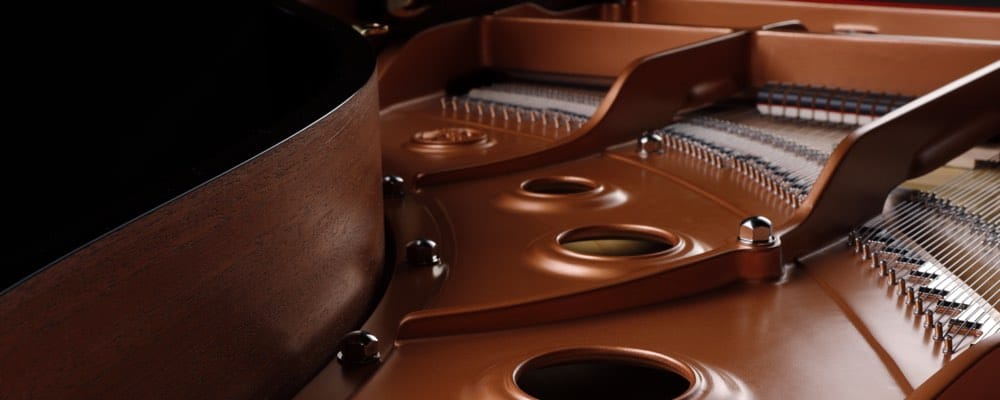
Advanced V-Pro frame
Yamaha was the first company to use an advanced Vacuum Shield Mold casting technology called V-Pro to create a stronger, lighter, more durable frame worthy of the grandest grand piano. Every CX frame is built to exacting specifications at the Iwata Forge in Japan.
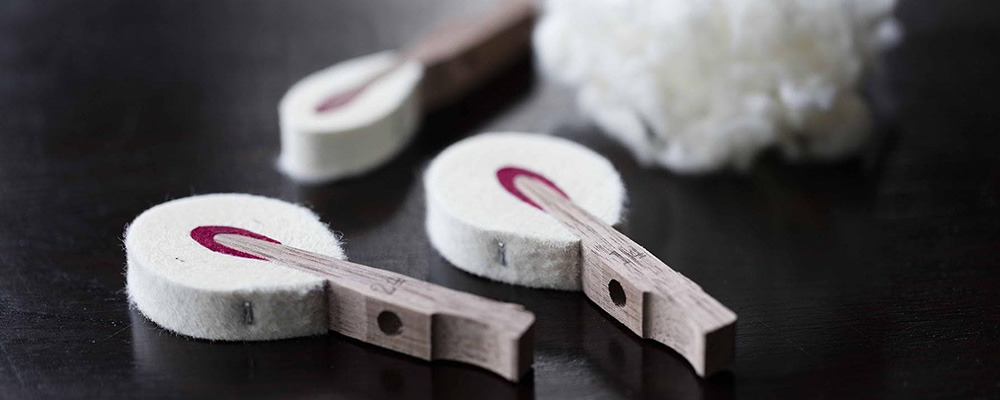
A more refined hammer
Yamaha took everything learned from the flagship CFX and reinvented the hammers to create the iconic sound of the CX with even more range of tonal colors and nuance.
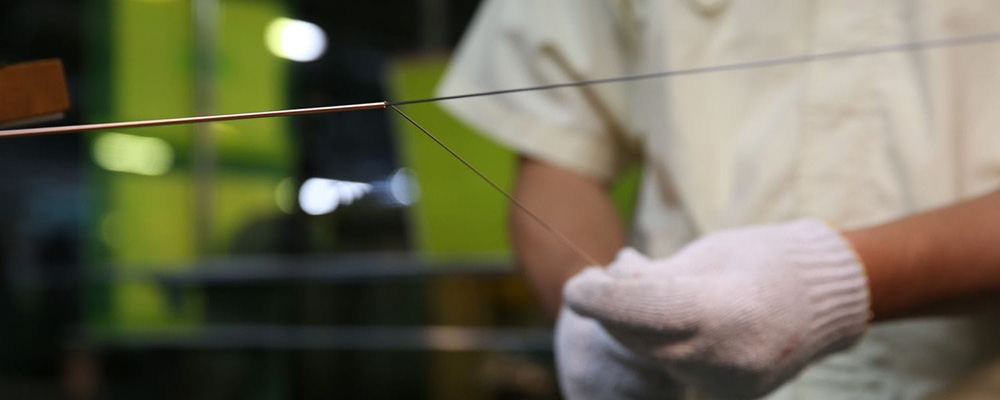
Specially crafted bass strings
Yamaha artisans wind each bass string to work in harmony with the hammers, soundboard and every part of this exceptional instrument.
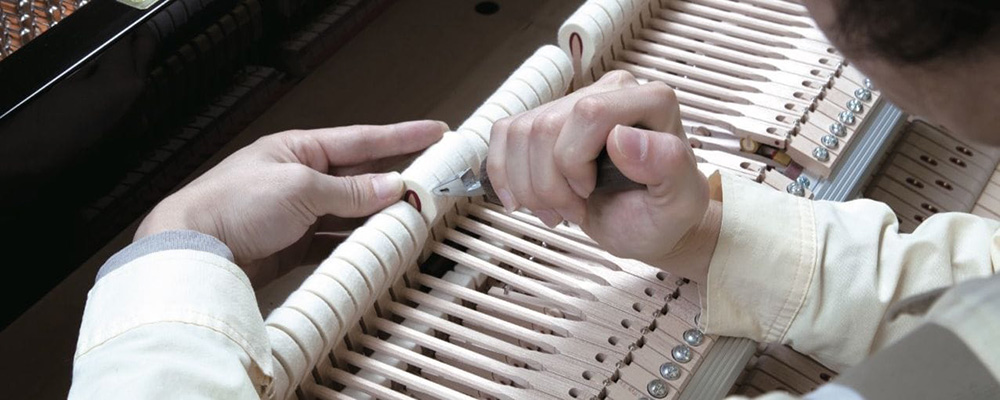
Superier voicing and regulation
CX pianos are expertly voiced and regulated by master technicians in Kakegawa, Japan to express every nuance.
GALLERY
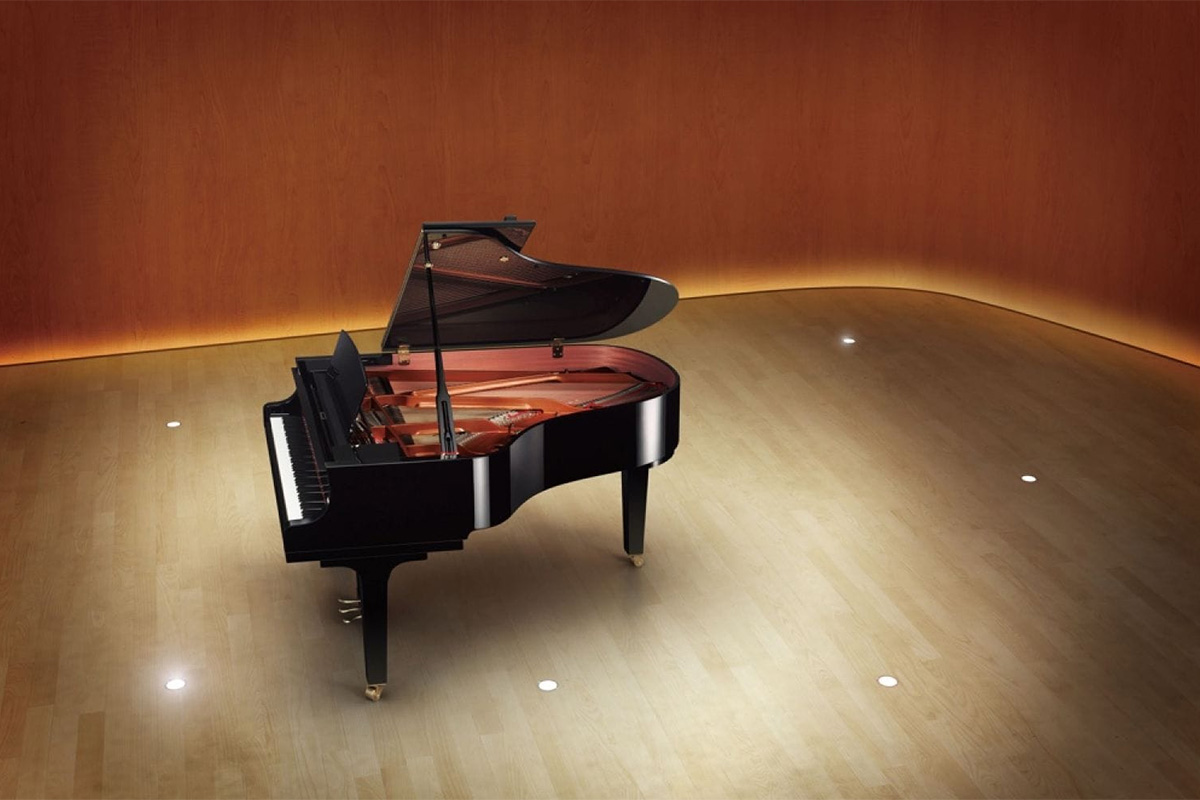
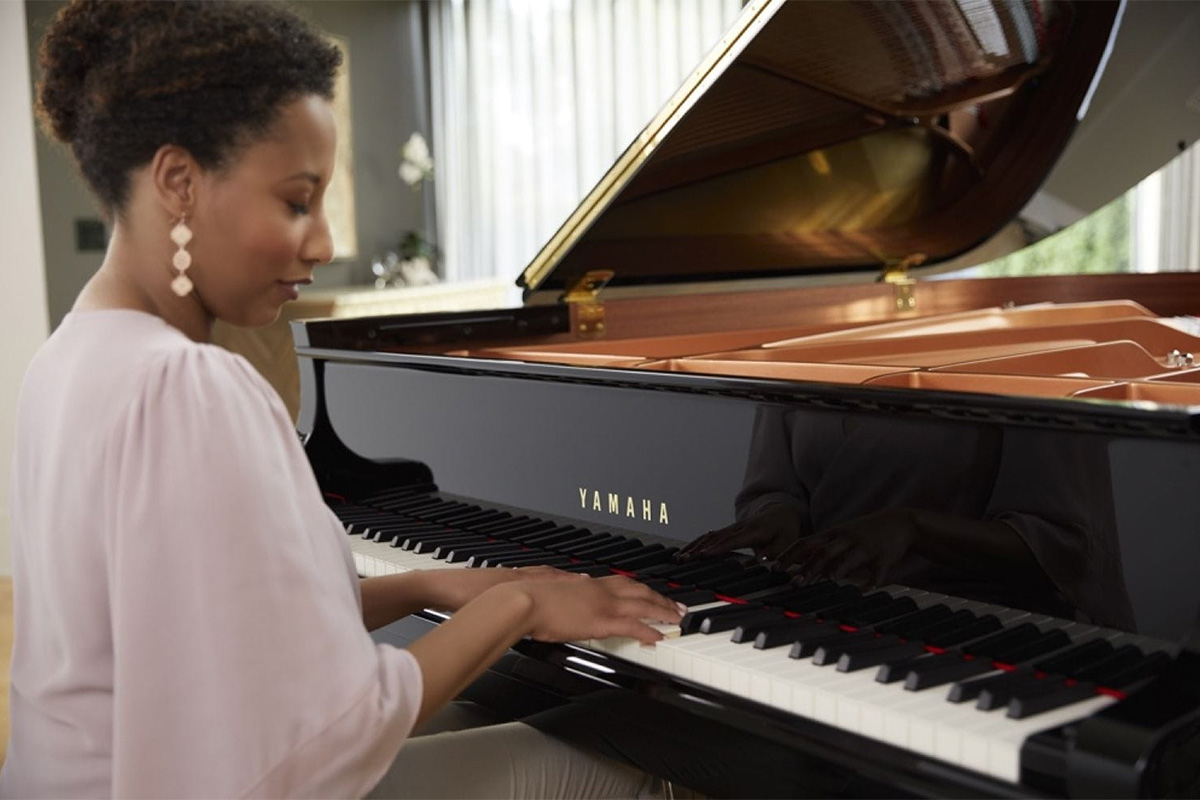
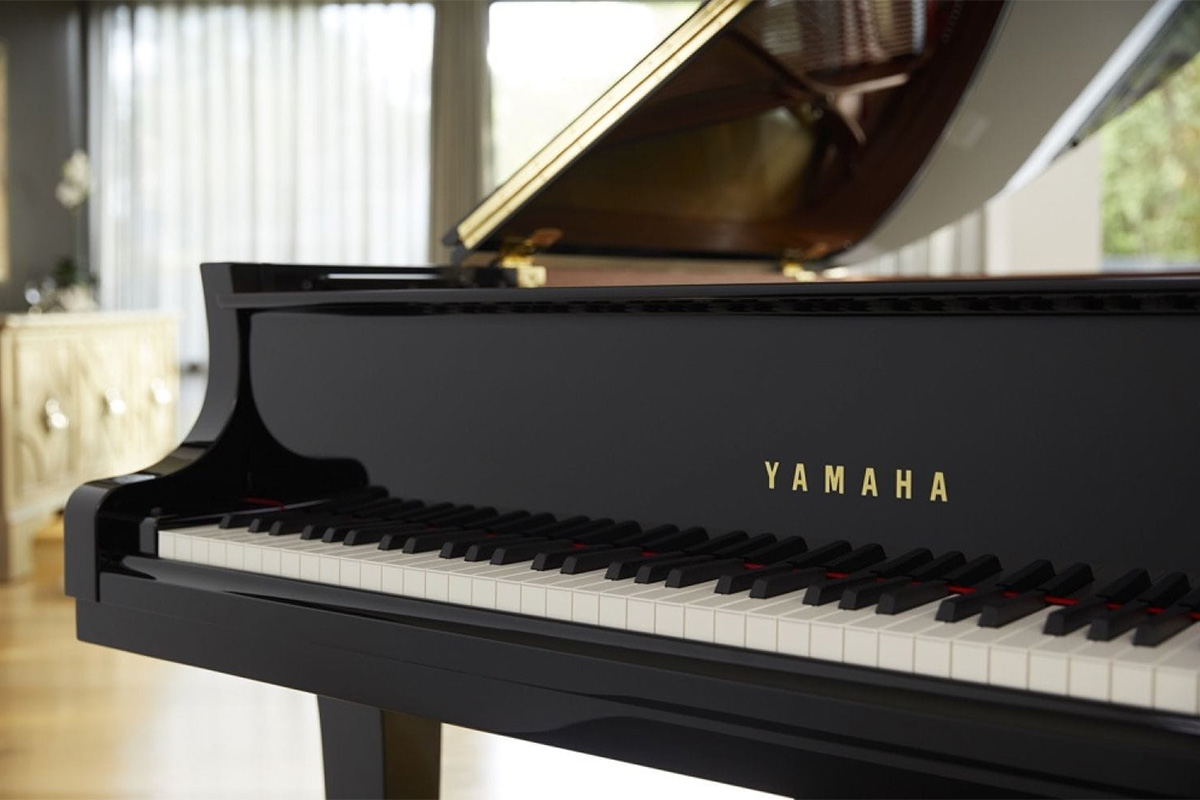
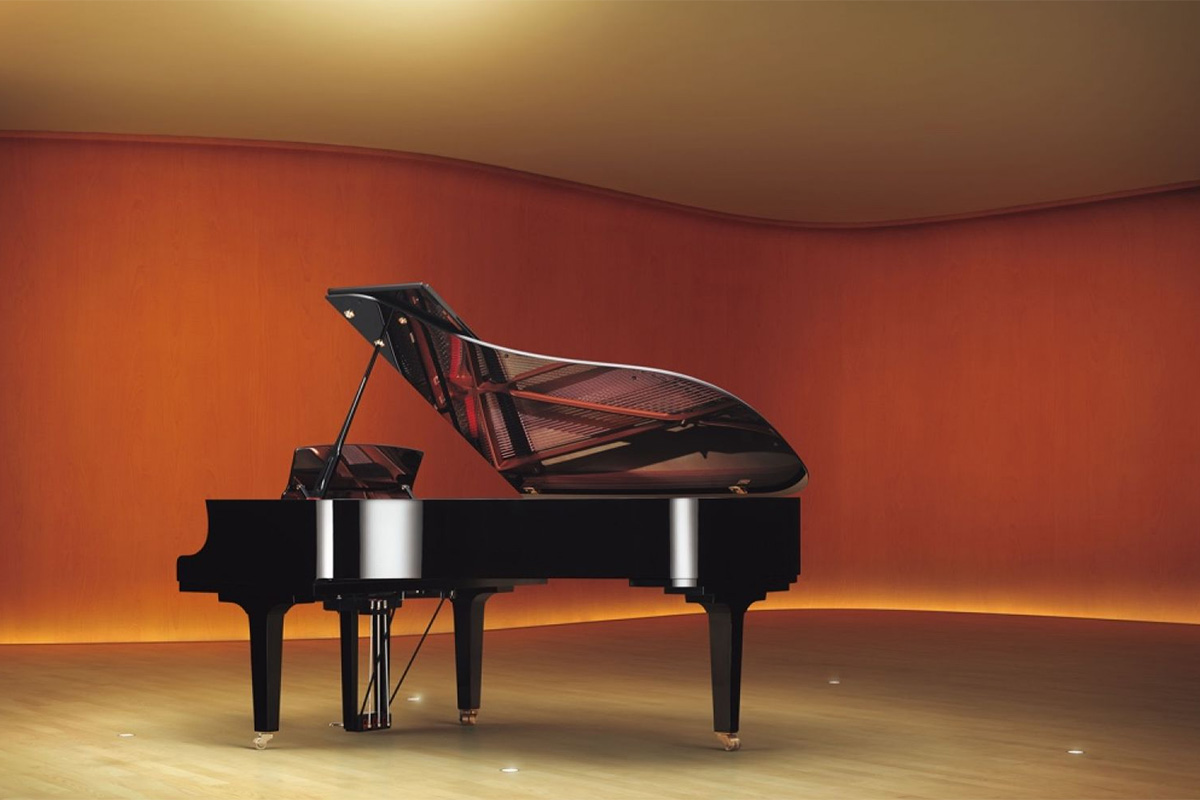
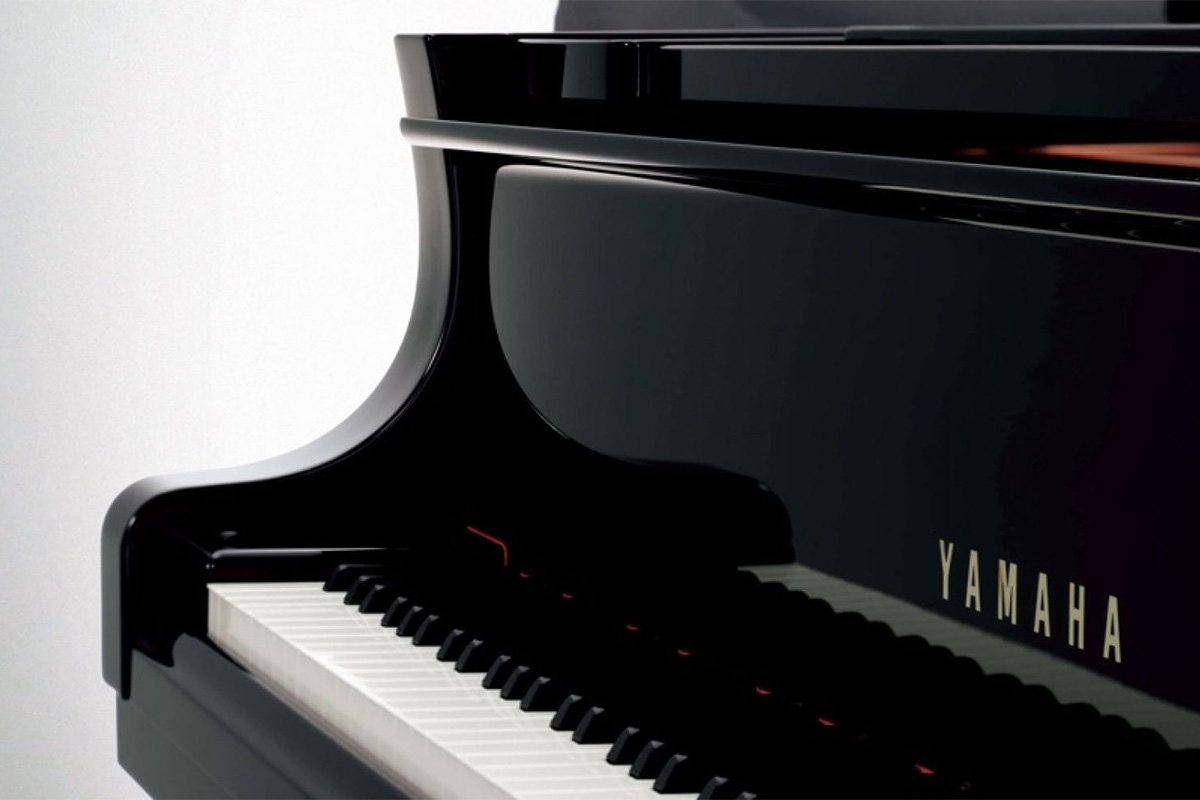
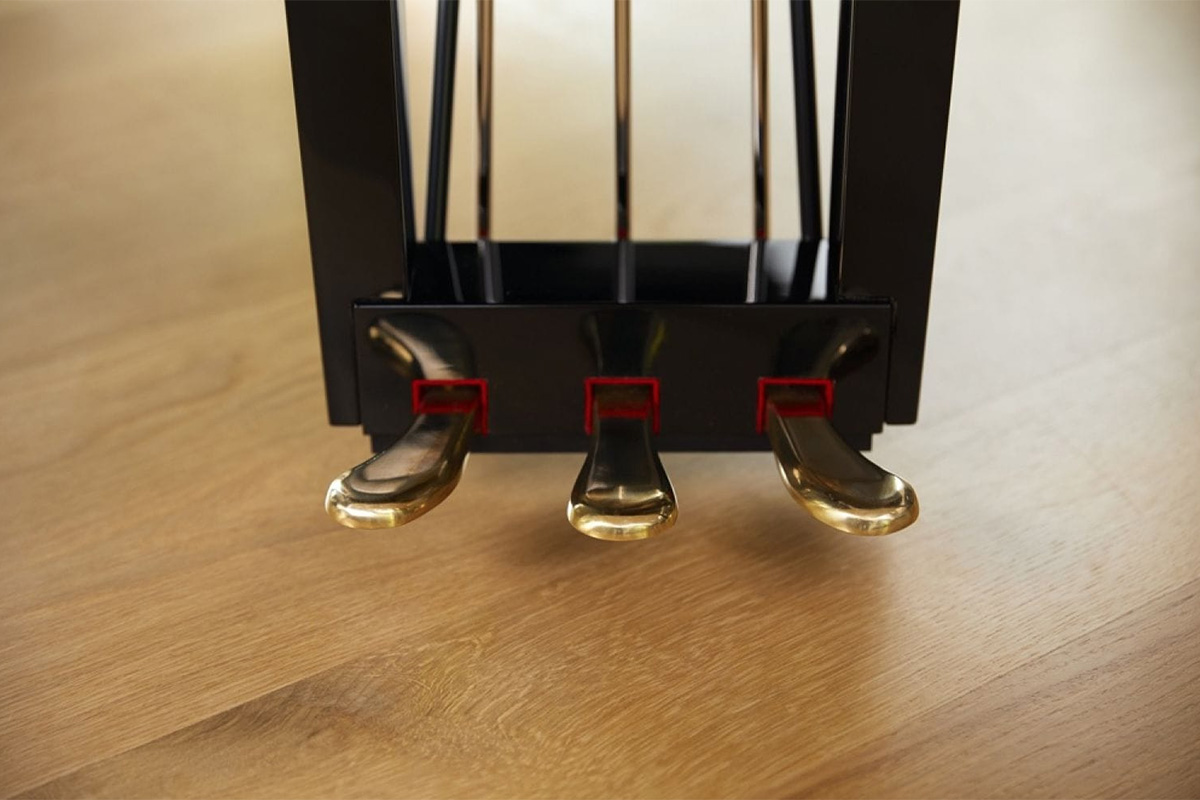
GET TO KNOW THE CX SERIES
The Soundboard.
Structural Supports
Frame and String Installation
Refining the Keyboard and Action
Tuning Regulation Voicing
Developer Interview
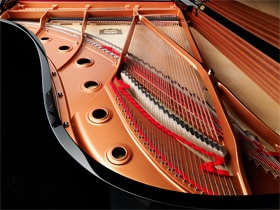
The aim of the CX Series: A bright sound that sings
"We had three objectives in the design of the new CX Series; solid support for the bracing, a soundboard that vibrates as freely as as possible, and a tone that matches the directionality of the sound produced from the instrument’s body. This directionality is fundamentally the same as that of Yamaha's flagship CFX concert grand; in fact you could say that they were developed based on the same concept.
For the C3X and upwards - larger models that demand a certain level of volume - we improved the rigidity of the bracing to provide stable support, and created a design that allowed the soundboard that sits on top of the bracing to vibrate freely. For the sound, we utilized a new type of string, and carefully tested the quality of the hammer felt."
Our aim was to achieve a sound that would "sing" brightly. A unique aspect to the CX Series is the focus that we applied to those areas that are vital to a piano, such as the construction of the soundboard, the tone that emerges from it, and the exterior of the instrument. Of all the lineup changes that Yamaha pianos have undergone over the last couple of decades, this series represents the most broad-reaching improvement, and as a result the musciality of these pianos has been greatly enhanced.
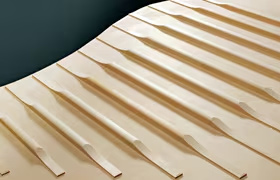
We wanted to craft a soundboard that would want to sing and produce sound
Just as with the CF series, our research emphasized the control of internal stresses within the soundboard, and we were able to make some significant advances. The resulting sound offers a quick response, bright tone, and clean harmonies. We believe that improving the response of the soundboard, that is, improving the efficiency of its acoustic radiation, makes the most of these qualities, and offers a broader range of expression.
Basically, we want to provide instruments that want to sing, instruments that want to deliver sound. Rather than instruments that you really have to work to get a sound out of, we wanted to craft pianos with a soundboard and body that would actually want to sing, to make sound. In that sense, this soundboard, with its new structure, responds well to any input and we believe that it offers a much broader range of expression in its response.
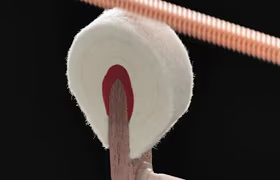
Strings that give pure harmonies; hammer felt with a rich tone.
Next, we had to decide upon what tone we should give this "singing" body, and this soundboard with its superb response. Two of the major factors in this sound were the strings and hammers. For this series, we selected music wire (strings) with beautiful overtones and clean harmonies, good sustain, and a tone that carries. We obtained sheets of felt, which we refer to as "raw cloth," and crafted the piano hammers in Yamaha. The felt used in the CX Series is checked carefully and is extremely resilient, giving it a full, deep tone. The combination of this music wire and hammer felt have further enhanced the uniqueness of CX Series pianos.
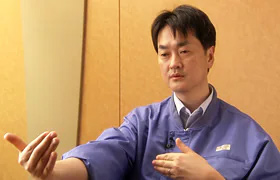
Designers are constantly driven by the desire to craft even better instruments.
A piano is an extremely complex system made up of a large number of parts. Moreover, the sound of a piano is significantly affected by variations in the timber and natural materials from which it is made, and by the conditions in which it is played - even rainy weather will change the way a piano sounds. The sound of a piano will also change depending on who tunes it. When designing a delicate instrument like the piano, which is affected by so many variables, the key is to minimize the effect of factors fuch as the enviornment. It is therefore essential to understand how to address these factors, as well as to possess the craftsmanship and production skills to create instruments that do not vary.
It is also important to evaluate pianos correctly during the development process. This is not something that we do ourselves; instead we have top-flight pianists play them and offer their opinions. This sometimes reveals aspects that we, as developers were not aware of, so we emphasize the accumulation of this information. Making even a single mistake in this process can sometimes result in a piano with many good points receiving a bad evaluation. In order to keep the scope for mistakes at a minimum, I think that it is important to have the technical ability to obtain the same result from a production process - no matter how many times it is carried out - in order to obtain a positive and accurate evaluation of those good points.
However, I don't think that that any designer is likely to say, that an instrument is perfect and that they are completely satisfied." Instruments exist within the context of musical expression, and music itself has no limits. If you think about all the different varieties of music, it’s almost impossible for a single instrument to be "the best." Even now, I often find myself thinking, "hmmm... if I had only things this way this instrument would have been something great," or, "if I could find a way for the instrument to help the performance with this kind of nuance, it would be more musically expressive." As we develop these pianos, we designers always have an image of a much, much better instrument; there is probably no end to our drive to achieve more.
Yutaka Matsuki
Piano Design Section Manager.
Joined Yamaha in 1992. After beginning work at Yamaha, Matsuki was principally tasked with developing upright pianos, and was involved in the creation of the SU7 and other instruments. After gaining additional experience developing grand pianos, he was asked to work on the development of the CF Series, which was released in 2010. Currently, Matsuki is involved in the development of the core areas that give acoustic pianos their fundamental performance characteristics.
Designer Interview
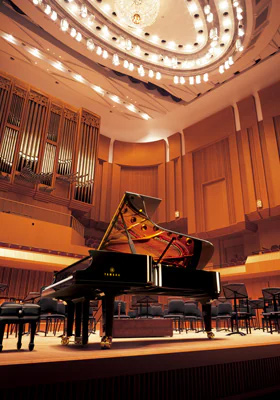
With the CFX we wanted to break down grand piano stereotypes and conventions.
When designing the CFX, Yamaha’s new flagship model, we were attempting to achieve two things. The first was to emphasize the fundamental attraction of the grand piano by honing its performance, and the other was to show the innovation of a modern piano. We hoped to use these steps to break down the traditional stereotypes and conventions associated with grand piano design.
The concept behind the CF Series is "Beauty and Power." This concept was intended to take the rich, expressive, beautiful tone of the these pianos, ranging from the most delicate pianissmo to resonant, powerful fortissimo, and convey it to the farthest corners of any concert hall. We felt that the projection of the design should ideally be unified with the projection of the instrument’s sound, and thus crafted clear, powerful shapes for the sides of the instruments in order to convey an impression of exquisite sound to the audience. This resulted in a design that draws the attention of every member of the audience to the external appearance of the CFX. Although the destinctive shape of the case side arms showcases the innovation of the CFX, from the performer’s point of view the number of elements in the instrument’s form has been reduced, inspiring them through the combination of an increased feeling of space and freer perceptions. Accordingly, the design employs the viewpoints of both the performer and the audience in enhancing the beauty of the fingers and form of the pianist.
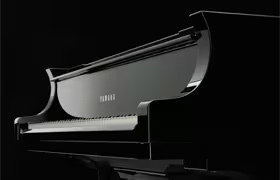
The pedal box has been constructed using a new design featuring two legs inserted into a box. This innovative structure is strong enough to withstand a pianist’s full pressure on the pedals, while at the same time reflecting the innovation of the CFX in an entirely new shape. Furthermore, any extraneous elements of the shape have been removed from the instrument as a whole, so that it embodies the idea of a sound that has been refined down to the bare essentials; a new configuration in which in which all parts are connected with a refined balance. With a grandeur and dignity befitting a full concert grand, and a unique silhouette that conveys the presence of the CFX to the furthest corners of any hall, I believe that we have been able to achieve the modern grand piano design that Yamaha was looking for. At the same time, we were able to imbue the design with Yamaha’s strong desire to always remain of the forefront of the modern age.
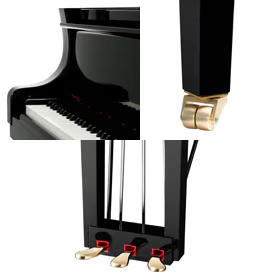
The CX Series places priority on the viewpoint of the pianist, achieving innovation as a modern piano
The CFX concert grand piano, and the CX Series - Yamaha’s core grand piano models - have been designed with entirely different pianists and situations in mind. However, in each and every piano that Yamaha makes, the goal of creating a truly modern piano design remains the same. This is evident in our efforts with the CX Series to remove any extraneous design elements, and to refine and reconstruct the connection and balance in areas such as the shape of the side boards, the feet and legs, and the legs and pedal box. While one of the important characteristics of the CX Series lies in the elimination of surplus ornamentation from the case arms, this design philosophy has been applied throughout the series in areas such as the pedal box and the ends of the legs. Although conventional pianos employ older architectural styles, the CX Series feautures no such elements, and has instead been refashioned in a modern style. This follows the new design trend that the CFX set for Yamaha pianos.
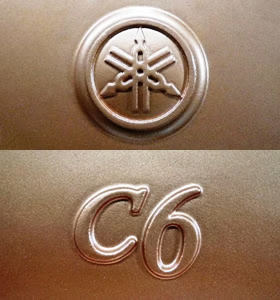
However, unlike the CFX, which was designed to be used in concerts, the CX Series is intended for use by families, as practice instruments for conservatories, or for small concerts in university auditoriums, and thus features an external design that stresses the point of view of the pianist rather that that of the audience. The CX Series has no need of the sideboard construction of the CFX - an instrument which is built to project sound - and thus achieves an elegant simplicity through a combinination of the traditional shape of a grand piano with both curved and straight lines. This approach emphases the series' flat mirror black surfaces around the case arms, which I believe showcases the appeal of the high level of quality of pianos made in our Kakegawa factory. Moreover, the frame features a new tuning fork mark and model number logo that illustrate the high quality of the instruments. I think that details such as these present an image of the refined feel of the entire piano.
A major factor in the design of the CX Series was the success of our flagship model, the CFX, which is why I was confident that the modern piano design we created would be well received. While in the past there had been worries that changing the image of the product too much would not be well received by our customers, we were able to alter this thinking, and received the go-adhead to alter as much as we want. With the CX Series as well, I think that we have achieved a design that represents our true intentions.
Kazuhito Nakajima
Yamaha Product Design Laboratory.
Kazuhito Nakajima joined Yamaha in 1990. He was assigned to product design for sporting goods prior to being assigned to instrument design the following year, and has participated in product design for many acoustic and digital instruments. Nakajima also works to bring technical art values to the ornamentation of acoustic instruments, and has been responsible for product graphics used in the logos and packages of many products.
Contact us for more info!
| Model: | C1XPE |
| Manufacturer: | Yamaha |